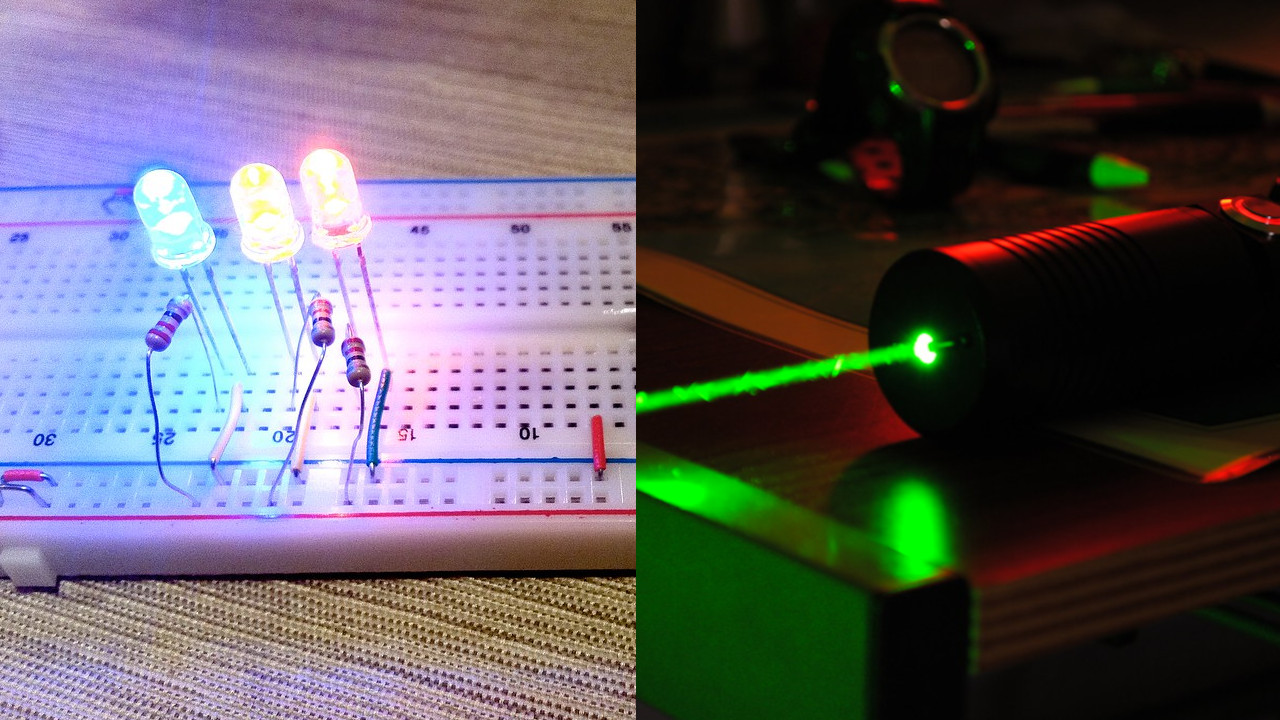Opinion: Lumens should be an SI base unit
Disclaimer: I’m only an armchair metrologist. Experts, have mercy
In learning the definition of a candela (watts per steradian of visible light), I realized that lumens are simpler and easier to understand despite being a derived unit. They’re also widely used in the real world, unlike candela.

[3] Understanding the steradian is necessary to derive the value of the commonly-used lumen, which doesn’t require steradians at all!
The original definition of a candela is the luminous intensity of a whale fat candle. If the entire point of a candle is to radiate in every direction, shouldn’t the base unit measure the total flux (light) the candle produces? Using lumen as a base unit is also simpler because its definition would equal the power of a light source weighted for human vision, and there’s no need to understand solid angle unless you need to use the (very niche) candela.

One common use for candelas: explaining the difference in behavior between an LED and a laser that have the same number of watts or lumens [1] [2]

Why on Earth is the directional light source rated in lumens, while the isotropic light source is rated in candela? [4] [5]
[1] “3 led circuit” by spatulated is licensed with CC BY 2.0. To view a copy of this license, visit https://creativecommons.org/licenses/by/2.0/
[2] “High Power Green Laser, Dark Background (1)” by FastLizard4 is licensed with CC BY-SA 2.0. To view a copy of this license, visit https://creativecommons.org/licenses/by-sa/2.0/
[3] Andy Anderson, CC BY-SA 4.0 https://creativecommons.org/licenses/by-sa/4.0, via Wikimedia Commons
[4] “GTR LED HEADLIGHT SIDMARKER” by Specialized Performance is licensed with CC BY-NC 2.0. To view a copy of this license, visit https://creativecommons.org/licenses/by-nc/2.0/
[5] “Candle” by Smabs Sputzer (1956-2017) is licensed with CC BY 2.0. To view a copy of this license, visit https://creativecommons.org/licenses/by/2.0/
Last modified: 2021-10-26